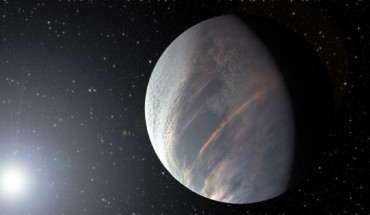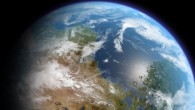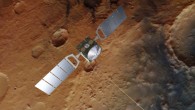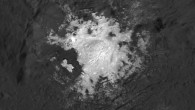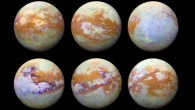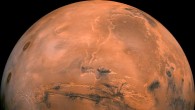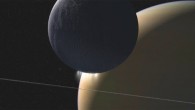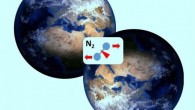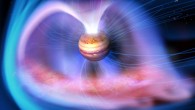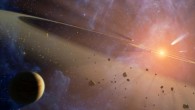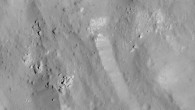There may be more habitable exoplanets than we previously thought, according to Pennsylvania State University researchers Bradford Foley and Andrew Smye, who suggest that plate tectonics are in fact not necessary. Their work is published in the journal Astrobiology. An artist’s impression of a potentially habitable exoplanet. Image credit: Sci-News.com. Plate tectonics is the most fundamental process governing the Earth, responsible for the observed...

